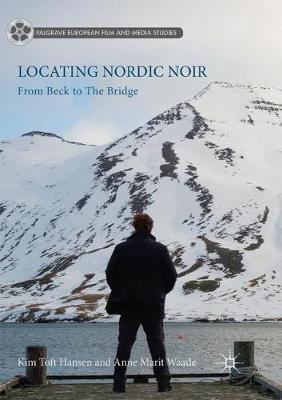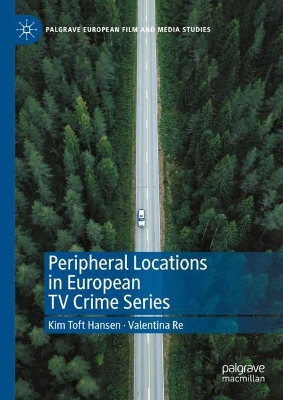Palgrave European Film and Media Studies
2 total works
Peripheral Locations in European TV Crime Series
by Kim Toft Hansen and Valentina Re
This book is a comprehensive study of peripheral locations in contemporary European TV crime series. Ambitiously, it covers the complete geography of Europe, and offers a nuanced image of a changing, dynamic, and unfinished continent. The chapters include analyses of the practical, creative approach to producing crime series in European peripheries and rural areas, evaluating a continent marked by an internal crisis between urban and rural Europe. The study includes readings of crime series such as Shetland, Bitter Daisies, Trom, Pagan Peak, and The Border, but presents such representative cases within broader tendencies on the European TV market, including challenges from streaming services, the influence of Nordic Noir, and changes within the cognitive geography of Europe. The authors position peripheral European crime series in a complex relationship between universal appeal and local recognisability and offer a comprehensive theoretical approach to the aesthetics of peripherality. Grounded in desktop production studies, the book presents an original scholarly approach to analysing European crime series from a continental point of view. Despite local differences, the spatio-generic orientations scrutinized in the book – Nordic Noir, Mediterranean Noir, Country Noir, Eastern Noir, and Brit Noir – show remarkable aesthetic similarities in series from territories otherwise normally unconnected in television production. Consequently, television crime series reveal a common tongue and voice for dialogue on a continent in a deepening crisis.

